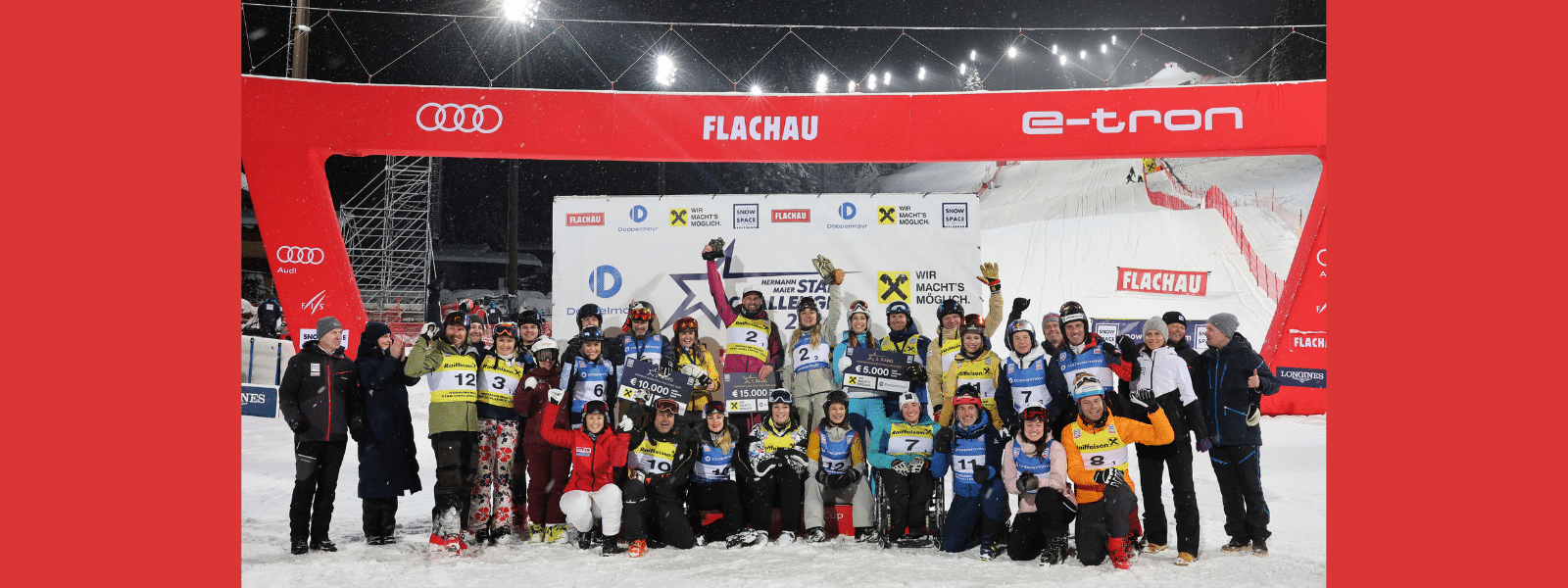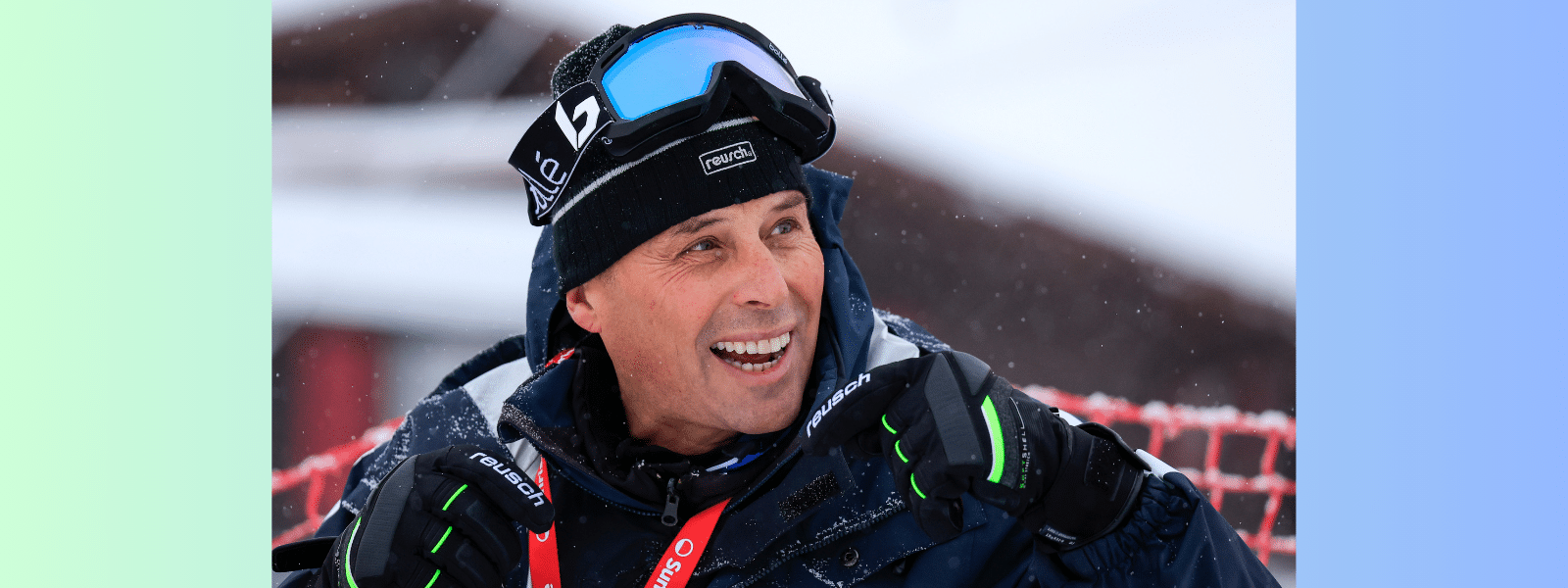Now what?
The ‘Leever Letter’ in March launched many comments, responses and follow-ups that led to more conversations and ideas, online and on the hill. It prompted U.S. skiing athletes to rally together and present their thoughts, along with positive proposals for change, to U.S. Ski & Snowboard. In the weeks following, I talked extensively to current and past athletes and coaches, as well as parents, educators, sponsors, U.S. Ski & Snowboard trustees and observers.
The first thing I learned was that there are legions of passionate people who are committed to this sport. The frustration and anger, when it does come out, is a consequence of how deeply people care, and their fear for the future of the sport. The next thing I learned is that there is no “us vs. them.” There are many different opinions and perspectives, and while there is no one right way there is some consensus around many points. Some observations and concerns kept bubbling to the top, and here are a few:
NCAA racing needs to be a viable path: To continue developing skiers as athletes and people, in an efficient, inclusive and productive way, college skiing must be a big part of the system. A proactive program to work with college athletes would provide off- season training, as well as in season communication and support at competitions when needed.
The path needs a clear goal: For the college path to mean anything to athletes, it needs to include a development plan and a clear goal for success. Case in point: Brian McLaughlin emerges from his college career with 6 FIS points, an NCAA title and a World Cup start for next year. If, with the absolute highest achievable outcome for any collegiate skier, he has not met the standard to earn team status and support, the message to others is clear.
We too!: The NCAA path needs to include women. Title IX was passed in 1972. It’s time to give women a realistic path that allows for development past age 18. We have a crisis in tech, and no healthy ecosystem for growth. Girls and women need a supportive and supported team to aspire to. Until then, they will go elsewhere, including out of the sport. Full stop.
Foreign Exchange: Foreigners are healthy for the system, and make us better. When foreigners are the system it takes away opportunities for American skiers. NCAA can help by lowering the maximum age limit from 27 to 24, thereby reducing the necessity to take endless PG years. U.S. Ski & Snowboard can help by supporting that directly through the NCAA, and encouraging the top young skiers to continue development on the NCAA circuit.
College Skiing + U.S. Skiing= Development Dollars: As CU coach Richard Rokos suggests in his letter to Ski Racing on accessibility: “To place four eligible U.S. Ski Team kids to each NCAA school program will save lots of money.”
NCAA is a path, but it’s not the only path: It’s not ideal for phenoms on the fast track to world domination, or for speed skiers, which leads to…
What about speed? As one World Cup speed skier noted, adhering too closely to findings of the oft-quoted Leever study (prioritizing tech development over speed), “could strangle out the only good thing we have in speed.” She added: “I would never have made the team with the criteria today! Our entire women’s speed team wouldn’t have… There just aren’t any speed skiers left after criteria kicks them out.”
Three cheers for USCSA! With 400 member schools, and roughly 40 with varsity programs, USCSA offers a great way to keep kids active in the sport. They’ve even got dual format racing on tap this year. If coaches and parents start talking up these options before kids are in high school, this very fun and achievable option will be on their radar.

Adam Garrigus from Rocky Mountain College competes at the 2018 USCSA National Championships. // Image credit: Linsey Fagan
Knowledge is good: College racing may not be the route for athletes who, for a variety of reasons, can’t manage full-time academics and full-time elite ski racing. Continuing education with college classes in the off-season is good for all. US Skiing gets high marks from athletes for supporting that financially. Want an A? Support those great resources with flexibility for athletes to attend.
AND NOW, STEPPING AWAY FROM COLLEGE…
Norway Norway Norway! It’s starting to sound so Jan Brady, and we all may be tired of hearing about how they do things in Norway. BUT, they’ve got it going on. On top of the groovy healthy culture that celebrates team unity and fun, they skied away with the medal count. So whether were aiming for better athletes, happier people or more medals we might as well look at how they do things up north.
Look ma, no bands: At the elite level the Norwegian National Team selection is less complicated and more inclusive than ours. They use World Cup placings for the World Cup team, Europa Cup placings for the Europa Cup team, and select the athletes who are skiing fastest at that level. They do use discretion, based on technical progression, work ethic, etc, but they do not complicate the process with restrictive statistical parameters (aka performance bands). Can we expand them? Make them more flexible? Ditch them entirely? Let’s discuss.
Culture isn’t A thing; it’s THE thing: Of all the changes that athletes would like to see, culture is by far the biggest. The beautiful thing about a positive culture is that it is largely free. There have been impressive champions of culture at US Skiing, among them coaches Matt Whitcomb and Chip White, as well as athletes like Kikkan Randall (don’t we all smile when we see striped socks and pink hair in a World Cup?), and the C/D Team men of “The Shiver” (Nolan Kasper gave a Shiver shout out in his retirement announcement). The need for positive culture has been well-acknowledged at U.S. Skiing. Now it needs to come strongly from the top and define the entire organization. If you’re wearing the coat, you’re setting the example. Inclusion, respect, encouragement, support—that’s what this party is about!
Project 26 will take a village: Kicking kids back to their regions for development aligns with the Norwegian system, where top athletes are brought together to train and compete several times a year, but are not selected to any team. Its success hinges on many things but mostly regional and local coordination, which starts from the top with a “we’re all in this together” approach.
SPEAKING OF DEVELOPMENT…
Make the Nationals great again: This spring, while the Instagram feeds of today’s World Cup stars were riddled with pictures of them at their National Championships, sharing podiums with tomorrow’s World Cup stars, the biggest American stars were…who knows? They were not in Sun Valley, at a spectacularly prepared World Cup worthy venue. Our best skiers should support the next gen and be at the Nationals.

Tessa Worley of France takes first place during the French national championship super-G in Châtel, France. // Image credit: Alain Grosclaude/Agence Zoom
Bring ski racing to the people: Half pipes and parks are free and available at nearly every resort. Why not race courses? It seems pretty doable to set up courses and timing and charge little or nothing as a way to set the hook and generate enthusiasm.
Keep the fun, cut the costs: Richard Rokos’ letter addressed many accessibility issues ($137/day for junior races? Yikes!) and solutions (keep kids local and regional as long and as much as possible). Many comments addressed these as well. Accessibility needs to be a priority at every level. How about shifting the schedule back, to minimize pre season travel and take advantage of late season snowpack? As I write this the skiing is great from the Sierras to the Rockies and even still in the Green and White Mountains. Southwest flights are cheap and bags fly free. Let’s do this.
THE FREE MARKET SPEAKS…
The Pro Tour rides again: It would make Bob Beattie smile to see the serious efforts to revitalize the pro tour, this time around in a way that can accommodate everyone from developing athletes to college skiers to World Cup skiers. In combination with the resurgence of dual format as an Olympic event, this is an exciting prospect, particularly in its potential to interface with youth and families.
Sisters are doing it for themselves: Women have not been offered a path to the U.S. Ski Team through college, but many of the best are choosing to go the NCAA route anyway, as a way to continue their development and pursue the sport at the highest level. Across the country, in addition to the privately funded PG teams already in place, PG programs for women are cropping up, and they include post college athletes. We’re ready for a break through here, people.
Building futures and ski racers : With the average age of the World Cup top seed at 29, ski racers like Jonathan Nordbotten, Tommy Ford and many others are moving on in life while ski racing at the highest level through Groundswell. The mini business school for ski racers offers motivated PG athletes purpose and a plan.
Old problems, new approach: Deb Armstrong’s letter to Ski Racing points out that much of the current problem with funding, development and participation can be linked to what was set up in the past. This does not call for subtle changes, but rather for open acknowledgement of the issues, and change. There have already been some very positive moves. We have a new development coach, and one more to come, as well as a new alpine director who can set a decisive course with a fresh approach and genuine collaboration. Who’s in?





















